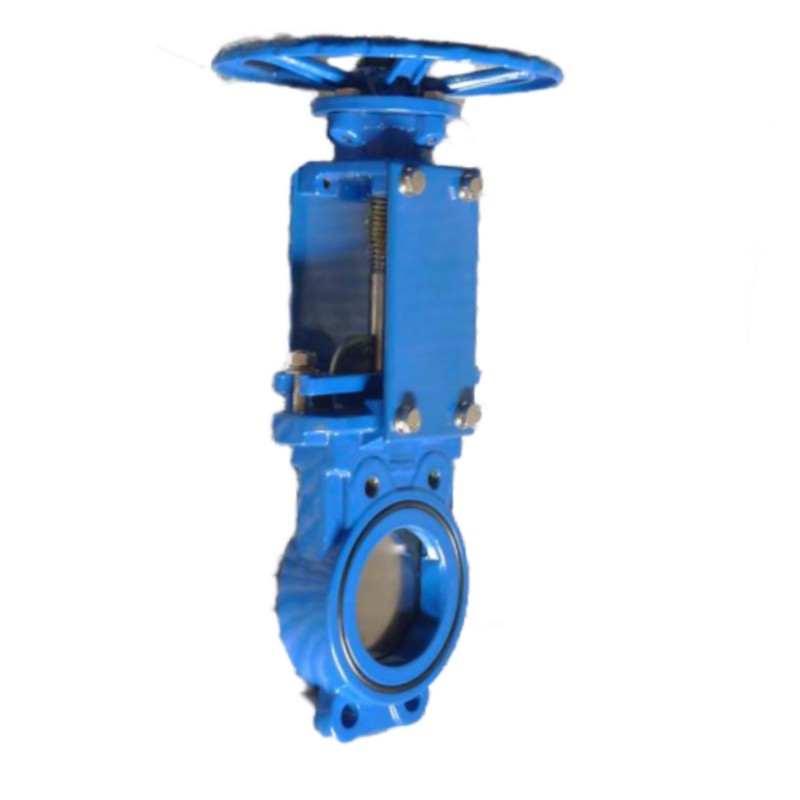full port swing check valve
Full Port Swing Check Valve An Overview
Check valves are essential components in fluid systems, designed to allow flow in one direction while preventing backflow. Among the various types of check valves available in the market, the full port swing check valve is widely recognized for its efficiency and reliability. This article delves into the characteristics, benefits, working principles, and applications of full port swing check valves.
What is a Full Port Swing Check Valve?
A full port swing check valve is a specific type of check valve that features a full-size inlet and outlet port, meaning that the flow path through the valve is the same size as the pipe diameter. This design minimizes pressure drop and turbulence when fluid flows through the valve, ensuring optimal performance. The swing check valve operates based on a disc that swings on a hinge or pivot, allowing it to open when flow is present and close when flow stops, thereby preventing backflow.
Key Characteristics
1. Full-Flow Design The principal advantage of a full port swing check valve is its ability to provide a larger flow area, which reduces resistance and enhances flow characteristics.
2. Simple Operation The design features a lightweight disc that moves freely with the flow direction. This simplicity leads to fewer maintenance issues over time.
3. Robust Construction Often made from durable materials such as cast iron, stainless steel, or bronze, these valves are built to withstand high pressure and varying temperature conditions.
4. Versatile Applications Full port swing check valves are suitable for a wide range of applications, from water supply systems to industrial and municipal applications.
Benefits of Full Port Swing Check Valves
- Reduced Pressure Drop The full-port feature minimizes flow restriction, which equates to lower energy costs and improved system efficiency
. - Reliability The mechanically simple design of the swing check valve reduces the likelihood of failure, ensuring the system remains operational.full port swing check valve

- Long Service Life With minimal moving parts and high-quality materials, full port swing check valves can last for many years with proper maintenance.
- Cost-Effective Although the initial investment may be higher than traditional check valves, the overall lifecycle cost is often lower due to their efficiency and durability.
Working Principle
The operation of a full port swing check valve relies on the fluid dynamics within the system. When the fluid flows in the forward direction, it pushes the disc open, allowing smooth passage. As the flow ceases or reverses, gravity and the flow’s momentum cause the disc to swing back to its closed position, sealing off the flow path. This function is crucial in preventing backflow, which can cause contamination or damage in process systems.
Applications
1. Water Treatment Plants Full port swing check valves are commonly used in water supply and wastewater management to ensure directional flow and prevent backflow that could introduce contaminants.
2. HVAC Systems They help in maintaining proper flow direction in heating and cooling systems, enhancing efficiency and reliability.
3. Pumping Stations In these systems, they safeguard against backflow that could lead to pump damage or operational inefficiencies.
4. Industrial Processes Full port swing check valves are employed in various industrial applications, including chemical processing and manufacturing, where fluid direction control is critical.
Conclusion
The full port swing check valve stands out for its effective design and reliable performance in managing fluid flow direction. With its advantages of reduced pressure drop, reliability, and suitability for diverse industrial applications, it has become a preferred choice for engineers and system designers. Embracing technologically advanced and robust solutions like full port swing check valves can significantly enhance the efficiency and safety of fluid handling systems across various sectors.
-
Reliable Hydraulic Valves for Efficient Fluid ControlNewsAug.29,2025
-
Reliable Electric Actuators for Industrial Valve AutomationNewsAug.29,2025
-
Premium Line Blind Valves for Secure Pipeline IsolationNewsAug.29,2025
-
Premium Electric Valves for Smart Fluid Control SolutionsNewsAug.29,2025
-
Precision Balanced Valves for Optimal System PerformanceNewsAug.29,2025
-
Heavy-Duty Flanged Butterfly Valves for Water SystemsNewsAug.29,2025
-
Reliable Wafer Type Butterfly Valve - Durable & Space-Saving DesignNewsAug.29,2025




